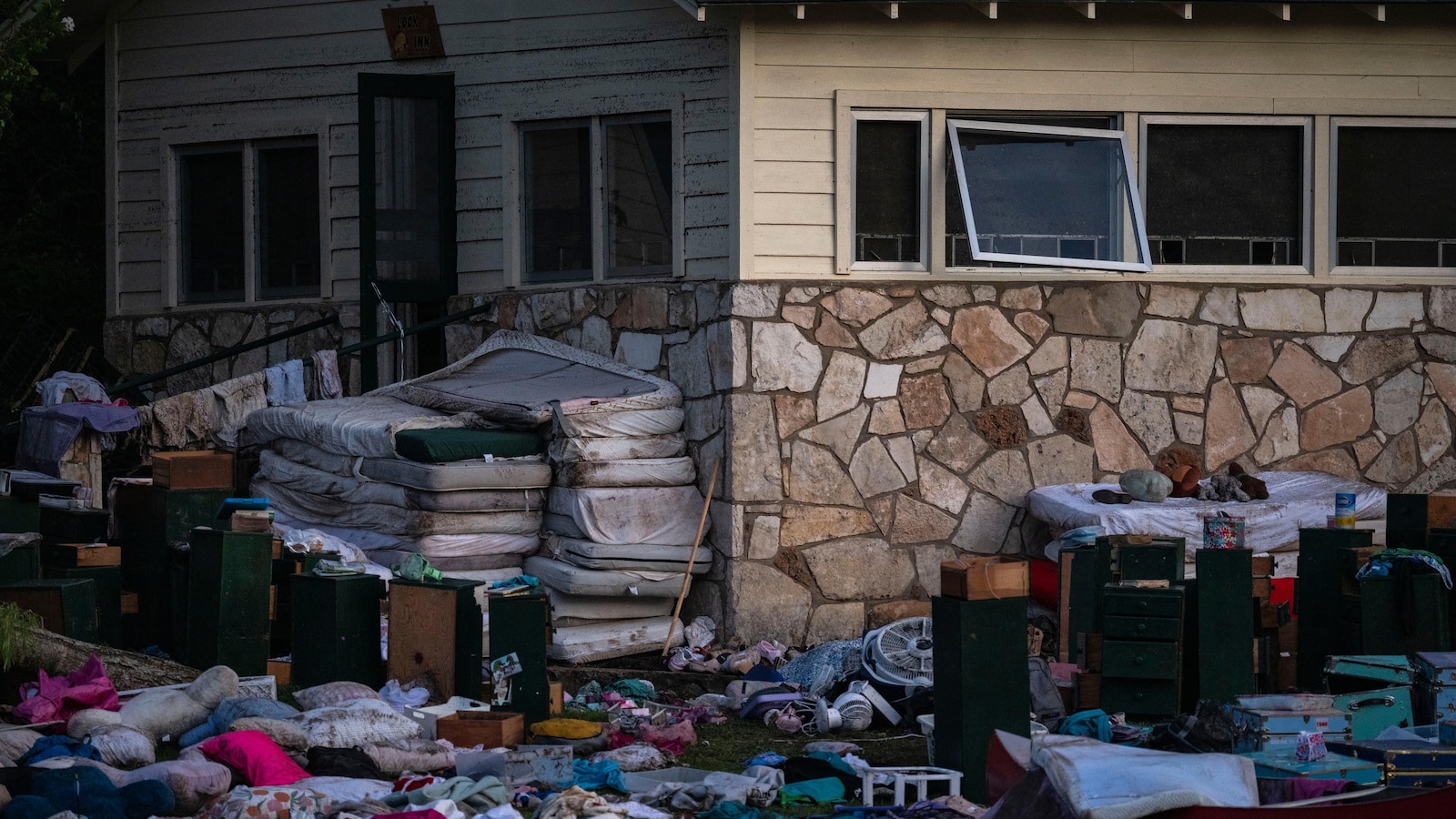The Rise of Sustainable Fashion: A Shift in Consumer Behavior
In a significant shift towards eco-consciousness, the fashion industry is witnessing a surge in sustainable practices and consumer preferences. As of 2023, brands worldwide are increasingly adopting sustainable fashion initiatives to respond to growing environmental concerns, driven by Millennials and Gen Z. This trend is reshaping the landscape of retail, challenging traditional fashion norms and prompting a broader dialogue about sustainability.
Understanding the Sustainable Fashion Movement
Sustainable fashion refers to clothing and accessory production that prioritizes environmental and social responsibility. This includes using eco-friendly materials, ethical labor practices, and promoting circular economy principles. According to a recent report by McKinsey & Company, the global market for sustainable fashion is expected to reach $8.25 billion by 2025, highlighting a robust consumer shift towards sustainability.
“Consumers are becoming more aware of the environmental impact of their purchases,” explains Dr. Emily Johnson, a leading researcher in sustainable fashion at the University of California. “They are actively seeking brands that align with their values, especially those that demonstrate transparency in their supply chains.”
Consumer Demand Drives Change
The demand for sustainable fashion is primarily fueled by younger consumers. According to a survey conducted by the Global Fashion Agenda, 67% of consumers now consider sustainability when making fashion purchases. This demographic is not just looking for trendy items; they want to support brands that contribute positively to the environment.
- Transparency: Brands that openly share their production processes and sustainability efforts attract more loyal customers.
- Material Innovation: Eco-friendly materials like organic cotton, recycled polyester, and Tencel are becoming mainstream.
- Second-Hand Market Growth: The resale market is booming, with platforms like Poshmark and ThredUp reporting increases in user engagement.
In response, major retailers are launching sustainable lines and revamping their practices. For instance, H&M has committed to making 100% of its materials from sustainable sources by 2030, while Nike has introduced a line featuring recycled materials. These efforts demonstrate that sustainability can coexist with profitability.
Challenges to Sustainable Fashion
Despite the momentum, the sustainable fashion movement faces several challenges. One of the primary hurdles is the perception of higher prices associated with sustainable products. Many consumers still equate sustainability with expense, leading to hesitance in purchasing decisions.
“While it is true that sustainable options often cost more, the long-term benefits outweigh the initial investment,” states Laura Chen, a sustainability consultant. “Investing in quality, sustainable pieces can reduce overall consumption and waste.”
Additionally, the industry grapples with greenwashing, where brands falsely claim to be sustainable to capitalize on the trend. This has led to increasing skepticism among consumers, who demand genuine commitment to sustainability. The Fashion Revolution’s annual “Fashion Transparency Index” evaluates brands’ transparency and has highlighted significant discrepancies in self-reported sustainability claims.
Future Outlook: The Evolution of Fashion
Looking forward, the future of sustainable fashion appears promising yet complex. As awareness grows, brands are expected to innovate continuously, not just to meet consumer demand but also to address regulatory pressures regarding environmental impact. Governments worldwide are increasingly stepping in, with regulations aimed at reducing waste and promoting sustainable practices.
Furthermore, technology plays a pivotal role in this evolution. Innovations such as 3D printing, digital fashion, and blockchain for supply chain transparency are emerging as game-changers. These advancements can enhance efficiency while minimizing waste, fundamentally changing how fashion is produced and consumed.
The Role of Education and Advocacy
A crucial element in the sustainable fashion landscape is education. Consumers need to be informed about the benefits of sustainable choices, while brands must advocate for transparency and ethical practices. Collaborations between brands, NGOs, and educational institutions can foster a culture of sustainability within the industry.
“Education is key to driving change,” asserts Dr. Johnson. “When consumers understand the impact of their choices, they are more likely to support sustainable practices.”
Conclusion: A Call to Action for Sustainable Choices
The rise of sustainable fashion reflects a profound shift in consumer attitudes, with younger generations leading the charge toward eco-conscious consumption. While challenges remain, the future holds substantial promise for brands committed to sustainability. As consumers, we have the power to shape this movement; by choosing to support ethical brands and advocating for transparency, we can contribute to a more sustainable future in fashion.
To stay informed and make a difference, consider joining local sustainability initiatives or supporting brands that prioritize eco-friendly practices. Every purchase can be a step towards a more sustainable world.



